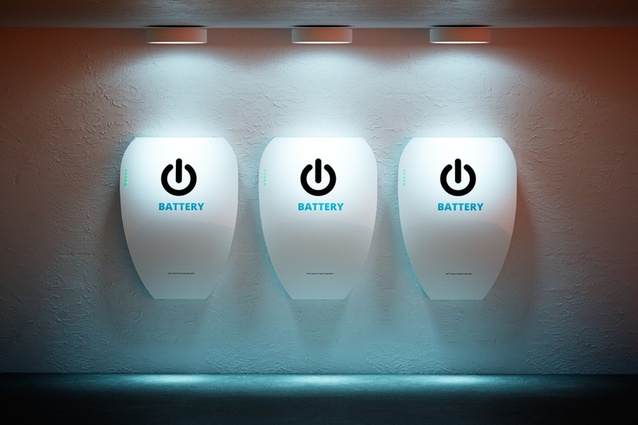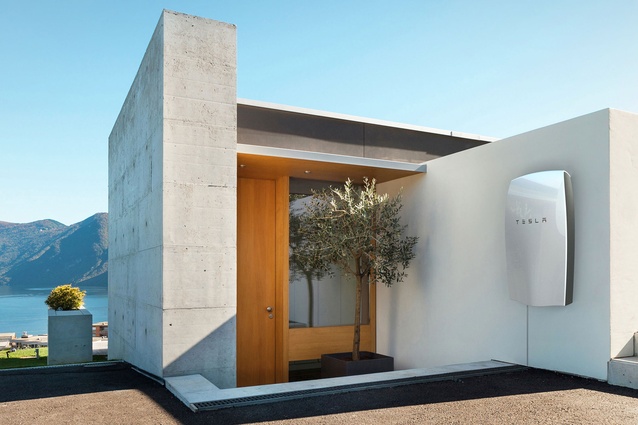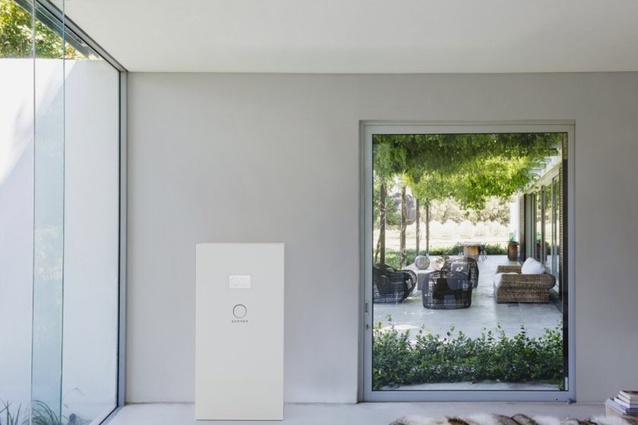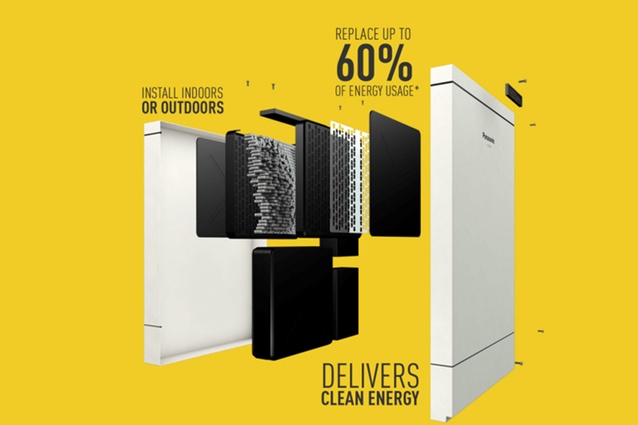The weakest link?
Architect Russell Devlin of Solarchitect discusses home battery storage systems and whether this previously weak link in solar technology is now coming of age.
An increasing number of New Zealanders are wanting to generate their own power through a variety of systems that range from the weird to the wonderful. While this is fantastic, the ability to store this energy for use at a later time has, perhaps, long been the weakest link. Conventional wisdom prevailed for a long while, as lead-acid batteries were awkward at best, and at times, dangerous, to use. Straight-up ‘off the grid’ homesteads had little choice, but the townies amongst us utilised the national grid as the ‘battery’ and concentrated on the generation side.

When designing a home to incorporate distributed generation, or, in other words, ‘to generate your own solar power’, it makes sense to reduce the power consumption first. This allows the generation system to be sized cost effectively and in addition you can allow for some surplus power for the battery system. This inevitably leads to the next question, what should you do with any excess you might actually produce?
Battery technology is finally on the move and is pretty much what all the talk is about right now. No doubt the Tesla name has something to do with this, and certainly the growth in uptake and in use of electric vehicles is pushing this along.
Battery systems for use in cars are ‘driving’ the demand for housing systems due to a regulation in the United States that requires car batteries to be replaced after five years. This in turn leads to a surplus of batteries available which are more than useful in houses, as houses have a different charge and discharge regime to cars. Unfortunately this is not yet having the effect of making battery systems more cost effective.
Kristin Gillies, communications manager for Sustainable Electricity Association of New Zealand (SEANZ), comments, “Currently we are in the early adopter phase with batteries, with those that are installing grid-connected batteries doing so not because they are economic but for other motives. Pricing of batteries, however, is changing fast and we expect that in 5 years we will see a massive increase in the number of home battery storage systems being installed.”
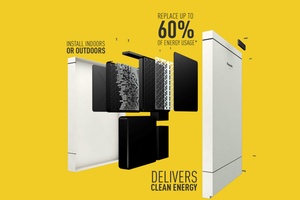
Given that I remember that a fax machine used to cost $5,000, I might be showing my age, but I would have to agree that we can expect the storage scene to become more cost competitive quite rapidly. The Tesla Powerwall is the rockstar of the battery revolution and there is plenty of information available through Vector Energy who are bringing the system into New Zealand.
The Tesla website claims that with an energy storage capacity of 6.4kW hours the unit will power an average home at peak time. They do then go on to say that the power will last for about two hours, so with a price tag of approximately $4,000 there is certainly a degree of skepticism, however it is still considered the coolest new toy on the block. Other systems worth evaluating if you are considering battery back-up are the German Sonnen units, soon to be available from Mitsubishi Electric’s solar division, and, from late last year, Panasonic are now offering lithium-ion storage battery systems for New Zealand homes.
Putting it simply, storage system developments are rapidly coming to the market and the caution is to closely assess what any system can do for you and your project. Making money is not the game with solar, getting even with your power bill is. Storage systems can be used for a number of useful purposes. As a back-up supply, there is a degree of comfort, particularly if the household consumption can be pared back to the essentials – thus prolonging this benefit.
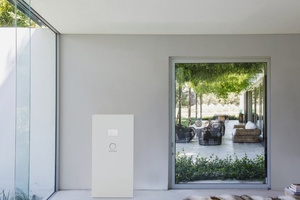
To utilise some of the industry jargon, ‘load shifting’ is of most interest to power companies but can be put to good use at home with, in effect, the opposite methodology to night store heaters. Day storage for use at night makes sense to most of us and this is likely to become a primary use for storage systems.
As the technology develops, as it rapidly is, this space is getting interesting. The solar naysayers will have an early field day but this is certainly game changing stuff and the weakest link just became the strongest player in the field ahead.

